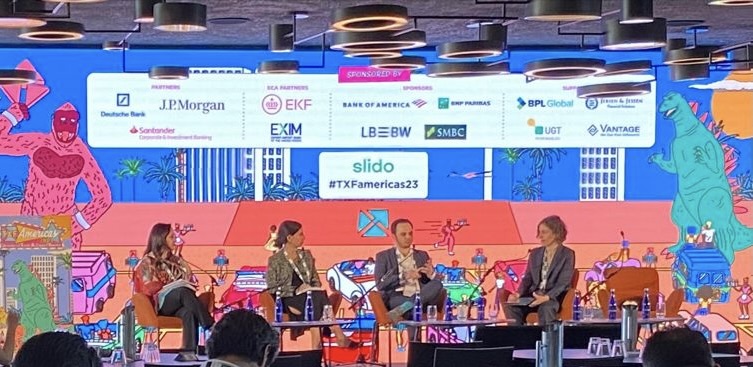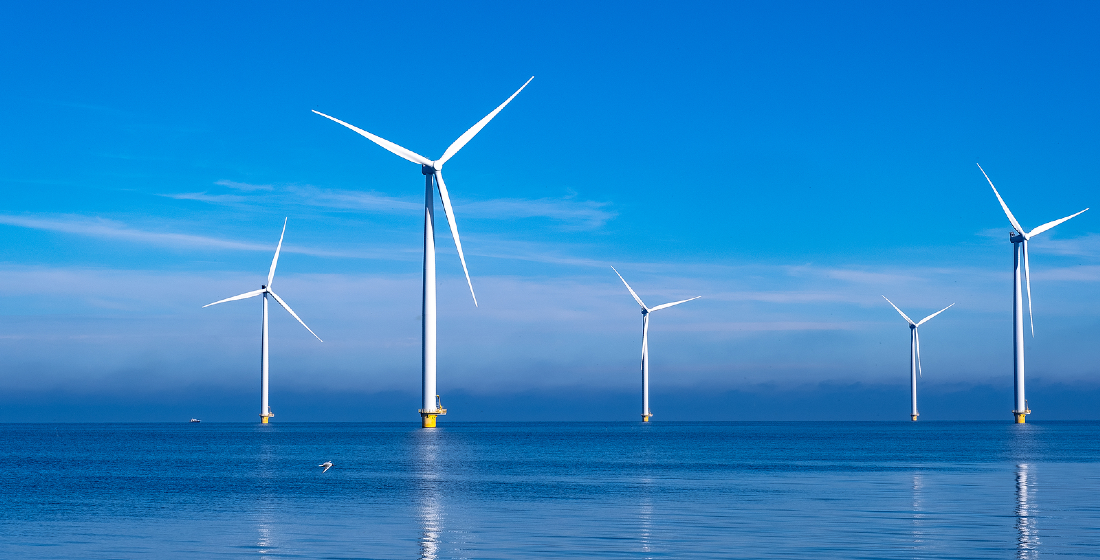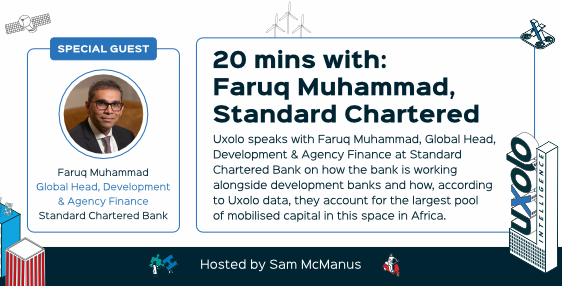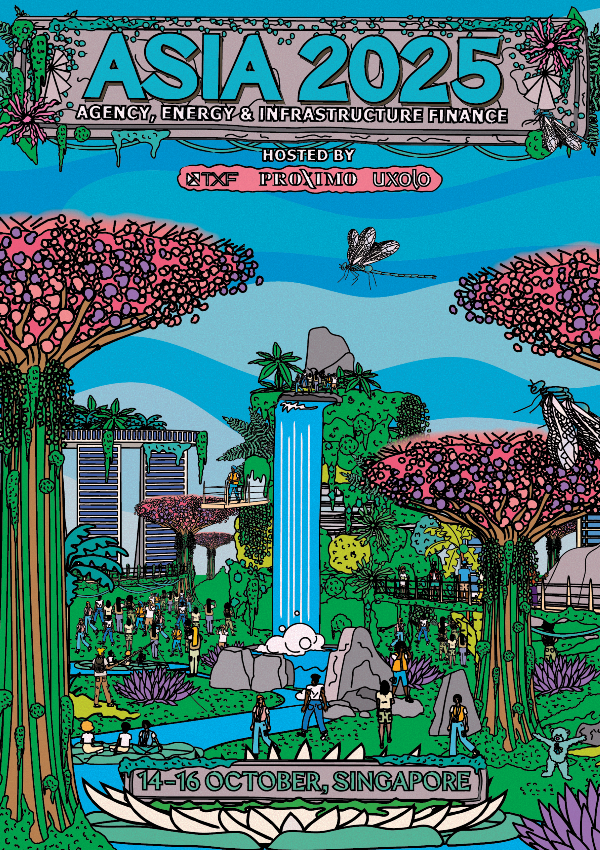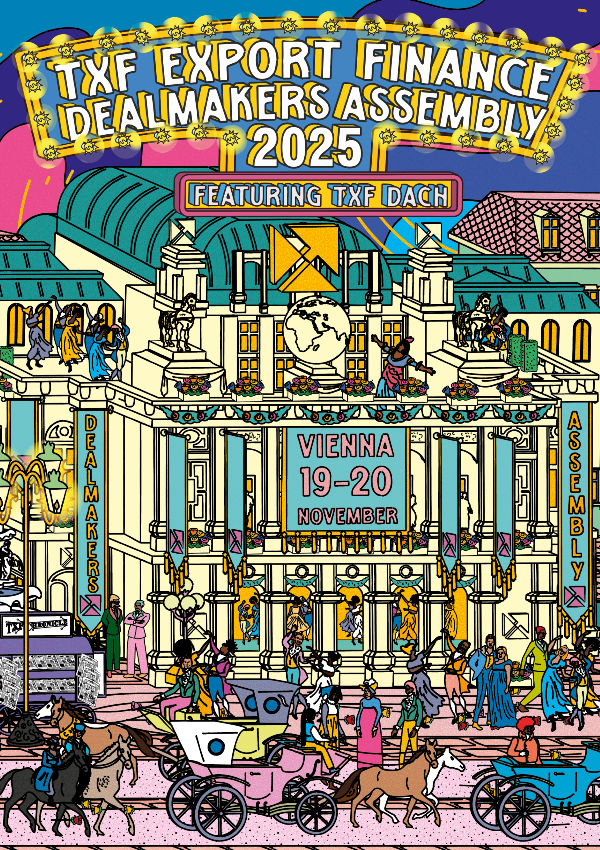Shoptalk: DFC’s upcoming pipeline in Africa and LATAM
Jeremy Bennett, managing director of structured finance at US International Development Finance Corporation (DFC), outlines the DFI’s strategic priorities for 2023 – from facilitating conditions for green hydrogen to the progress of financial inclusion investments in LATAM.

Uxolo: What is DFC currently working on in the infrastructure sector?
Jeremy Bennett (JB): Our infrastructure work is largely driven by President Biden’s Partnership for Global Investment in Infrastructure. The world faces a $40 trillion infrastructure investment gap that needs to be filled, and filled in the right way. This means working with the right partners, especially local developers, and in markets where our support is most needed. It is also important that with all our infrastructure work, we are looking through the lens of climate sustainability – whether that be with reduced carbon cement for road projects, or installing electric gantries at container ports.
Uxolo: Many of DFC’s recent infrastructure investments have been technical assistance grants in non-traditional renewable energy – what is the significance of this?
JB: Non-traditional renewables such as hydrogen, geothermal and biomass, are a very exciting space at the moment. At COP27, DFC’s CEO Scott Nathan signed a retainer letter indicating our participation in the Globe Project - a large green hydrogen project being developed by Scatec. We are also in discussions to provide technical assistance to several other large and ambitious hydrogen projects being developed worldwide, but particularly in Africa. For us, this is really our bread and butter and exactly where we want to be – at the tip of the spear helping vanguard developers bring new game changing technologies to scale and helping them to prove the bankability of their projects to the market.
Uxolo: Why are these projects so popular in Africa in comparison to other regions?
JB: There has been some discussion regarding developing these projects and technologies in LATAM, and even at the recent Uxolo & Proximo Latin America Development, Energy & Infrastructure Finance 2023 conference, there was a great panel discussion on hydrogen. It sounded like there will be a lot of activity in the coming period. But at the moment what we have seen is that a lot of African nations have taken the initiative to establish enabling environments for these long-term projects to flourish.
These include ensuring that the investment climate is one that will give international investors confidence: that rule of law and contract rights will be protected and upheld; that there is an ability to move capital in and out of the country; and even by providing certain investment schemes for renewable projects. There have been feasibility studies that have been made available to developers, zoning works have been done to establish physical sites where projects can be developed. These are all active steps that have allowed certain countries to situate themselves at the forefront of what we see as the next big wave of hydrogen projects.
Uxolo: Is it possible at this stage to predict when these projects will begin to see investment?
JB: These projects can take several years of development before they reach a stage where developers can declare their financial investment decision. In comparison to large utility-scale solar, where you could build a whole project for a couple hundred million dollars, hydrogen projects are costing tens of billions of dollars, and development alone costs hundreds of millions of dollars. These projects involve entire ecosystems, everything from the ports necessary to import construction materials and export the goods, to the large-scale solar and wind farms needed to produce the green hydrogen water treatment (the process by which electrolysis is powered with renewable energy to split water into oxygen and green hydrogen).
Uxolo: What challenges do you foresee in achieving this next big wave of hydrogen?
JB: The challenge will be for all the actors that are right now driving the sector forward to persevere through this difficult macro political climate. Staying the course and continuing to develop projects as inflation and the costs of materials and engineering and procurement contracts increase will be a significant driver of whether projects have success around the world.
Another challenge will be how willing countries and investors are to show continuous support for projects as administrations change. There will be uncertainty for investors participating in these long-term projects whether, in the long run, countries will stand by the commitments they have made once elections happen.
Uxolo: What sectors and projects are DFC investing in this year in LATAM?
JB: We have just announced a slate of projects: women’s healthcare in Brazil; expanding access to finance in Paraguay; healthcare and gender equity in Honduras; and a $150 million loan for the Yilport container port in Machala Ecuador, which has yet to reach financial close. We are also looking at social housing and water and sanitation projects, particularly in Brazil, where a number of projects are being developed into PPPs.
A lot of LATAM countries have more stable, competent and professionalised regulators and more developed financial sectors – so much so that many of the LATAM renewables projects we increasingly see have graduated to a state where they can be implemented solely using private sector financing. However, there is still a huge gap in financial inclusion which a lot of our active projects are currently focused on. The challenge that the sector faces is several fold, affected by: high domestic interest rates; large informal economies and small businesses within the formal economy that are too relatively expensive for financial institutions to diligence and underwrite; and the relative lack of long-term corporate deposits . DFC approaches this issue by providing long-dated financial inclusion financing to bank and non-bank financial institutions which is earmarked for providing better products and services, whether that means longer or cheaper, to their SME clients.
Uxolo: How would you describe the ideal situation for DFC to be in a year from today?
JB: Ideally, we would be celebrating another record year of investments and growth in our portfolio, and particular growth in our strategic priority areas: the most needy, lowest income markets Congress has directed us to serve.
The gap is so large, however, that no institution will be able to fill it alone. We all have different specialities and limitations, so we should continue to frequently work together to put the best packages together. The majority of our large-scale infrastructure projects in LATAM have been done alongside other development banks – IDB, CAF and CABEI continue to be active partners for us in transactions.
